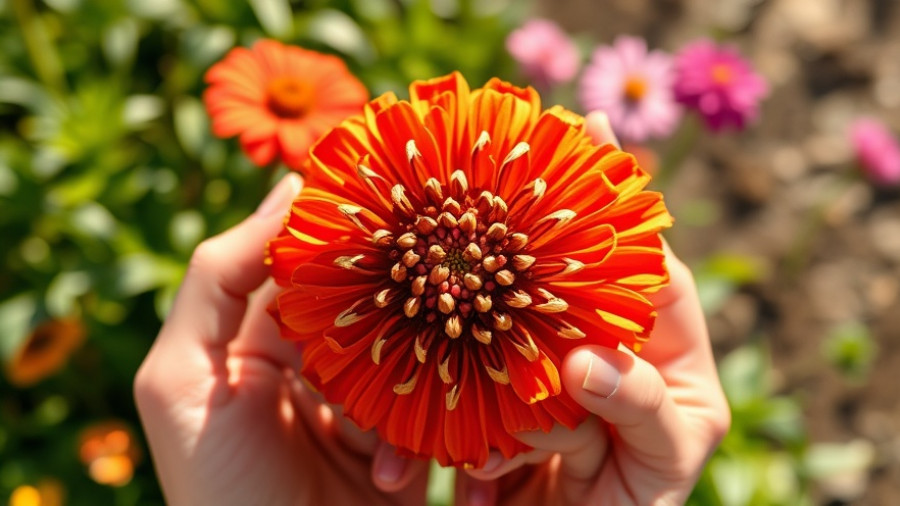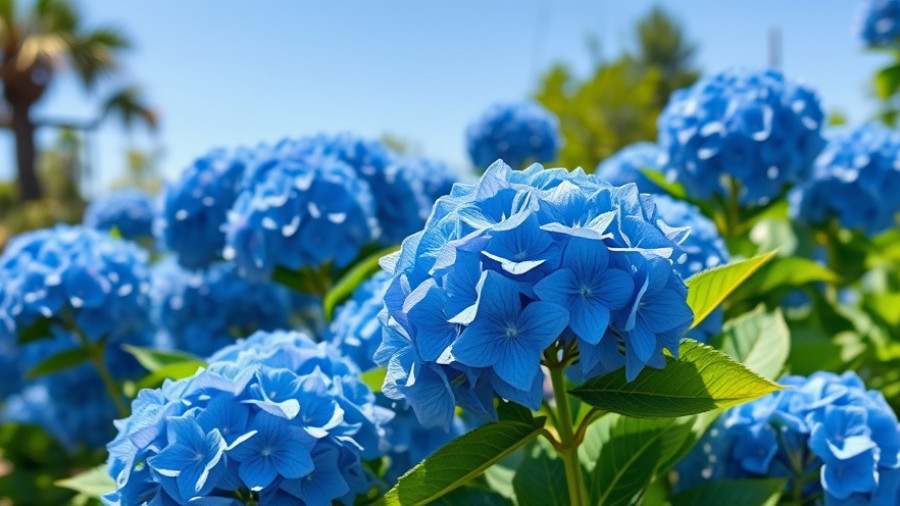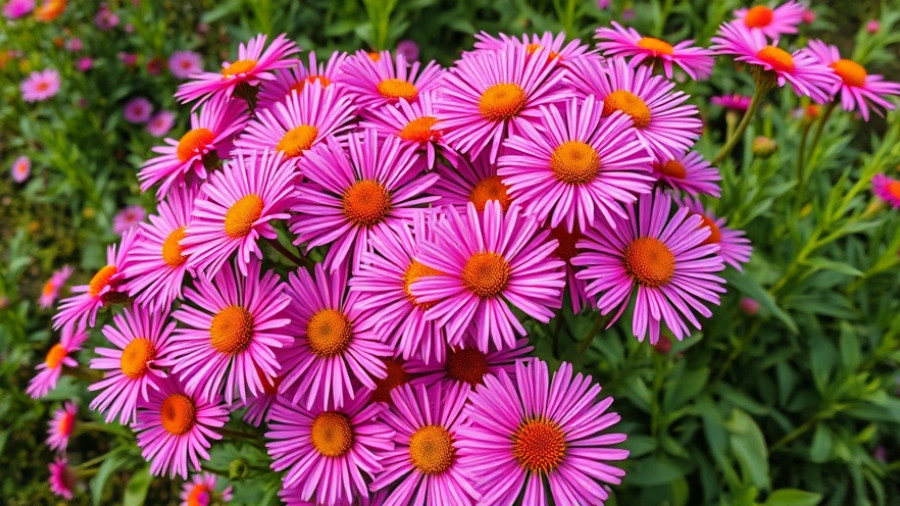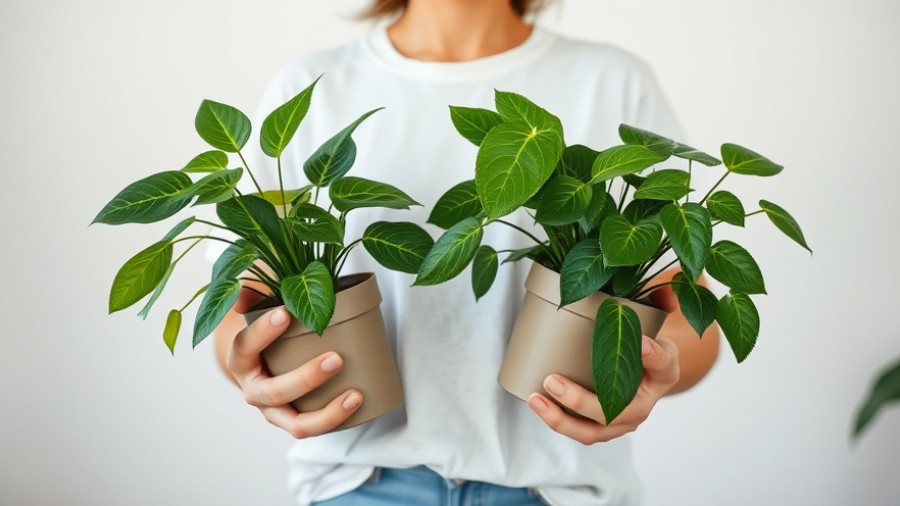
Saving Zinnia Seeds: A Budget-Friendly Gardening Hack
If you're a passionate gardener who admires the vibrant colors of zinnias, you'll be thrilled to learn the art of saving zinnia seeds! Not only does this process help you cultivate your favorite varieties season after season, it also saves you money and allows for a richer gardening experience. Planting flowers that bloom again and again brings joy throughout your garden and ensures your yard remains a stunning oasis without additional financial strain.
Why Choose Zinnias?
Zinnias stand out in any garden for their brilliant array of colors—ranging from fiery reds and vivid oranges to soft pinks and cool whites. Their ease of care and ability to bloom all summer long makes them perfect companions for vegetable patches and flower beds alike. As an added bonus, zinnias attract pollinators, including bees and butterflies, enhancing the biodiversity of your garden ecosystem. By incorporating zinnias, you not only make your garden visually appealing, but you also play an essential role in supporting vital insects.
Simple Steps to Harvest Zinnia Seeds
Saving zinnia seeds is an incredibly rewarding process. Here are some straightforward steps to ensure successful harvesting:
- Select Healthy Plants: Choose your favorite zinnia plants that are robust and free from diseases. Ensure you're collecting seeds from multiple variants to create a diverse gene pool, avoiding weaknesses that arise from inbreeding.
- Harvest at the Right Time: Wait until the zinnia blooms turn brown and dry out on the plant. This is when the seeds are ripe and ready for harvesting.
- Cut and Collect: Gently snip the dried flower heads and place them in a paper bag, avoiding moisture exposure. Keep the bag in a cool and dark place to preserve the seeds.
- Separate Seeds from Chaff: Once your flower heads have dried out, rub them to release the seeds. Store the seeds separately in labeled envelopes or jars, ensuring they remain dry.
Why Seed Saving Matters
By saving zinnia seeds, you're not just indulging in a cost-saving adventure; you're actively participating in sustainable gardening practices. The ability to cultivate plants that thrive in your specific climate fosters deeper connections to your gardening environment. Imagine walking through your garden next year, filled with a riot of color created from the very blooms you tended to the previous season! Saving seeds also allows you to navigate seed shortages, ensuring your floral displays are at your fingertips regardless of market availability.
Adaptable Gardening Ideas
If you're considering a garden makeover or enhancing your outdoor space, zinnias are versatile flowers to incorporate. They can fill gaps in vegetable gardens, companion plant with beans, and even brighten a paver patio. Plus, their aesthetic charm makes them a desirable choice for landscape lighting accents or as backdrops for outdoor kitchens.
Conclusion: Your Gardening Future Awaits
As you embark on your journey of zinnia seed saving, remember that gardening is about exploration and creativity. Embrace the imperfections in your garden for the beauty they offer, and take pride in nurturing your blossoms from one season to the next. Let this knowledge empower you as you cultivate not just flowers but also the very essence of your loving gardening community.
Explore more backyard makeover ideas and enhance your outdoor experience. Don't let seed shortages dampen your gardening spirit; begin saving seeds today!
 Add Row
Add Row  Add
Add 




Write A Comment